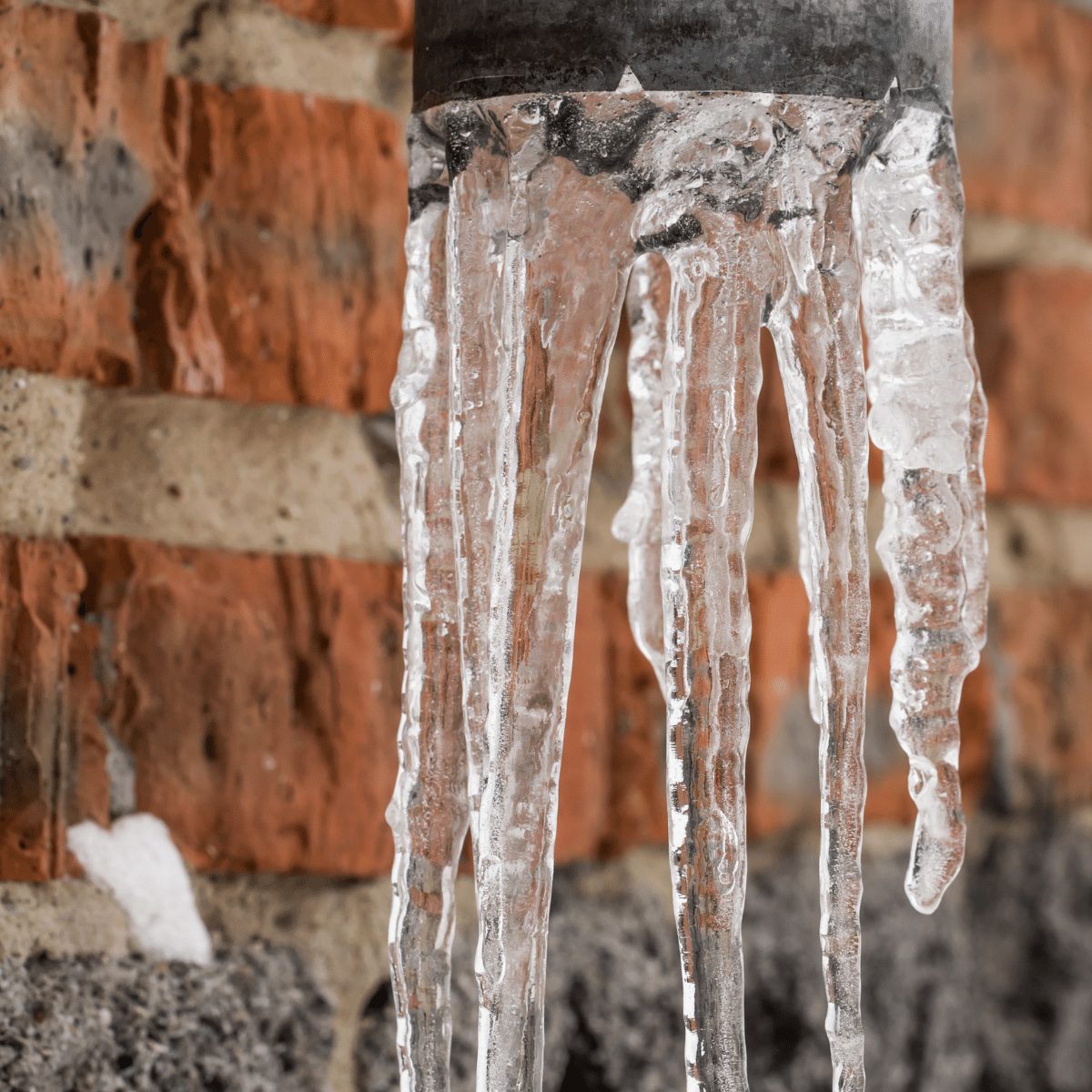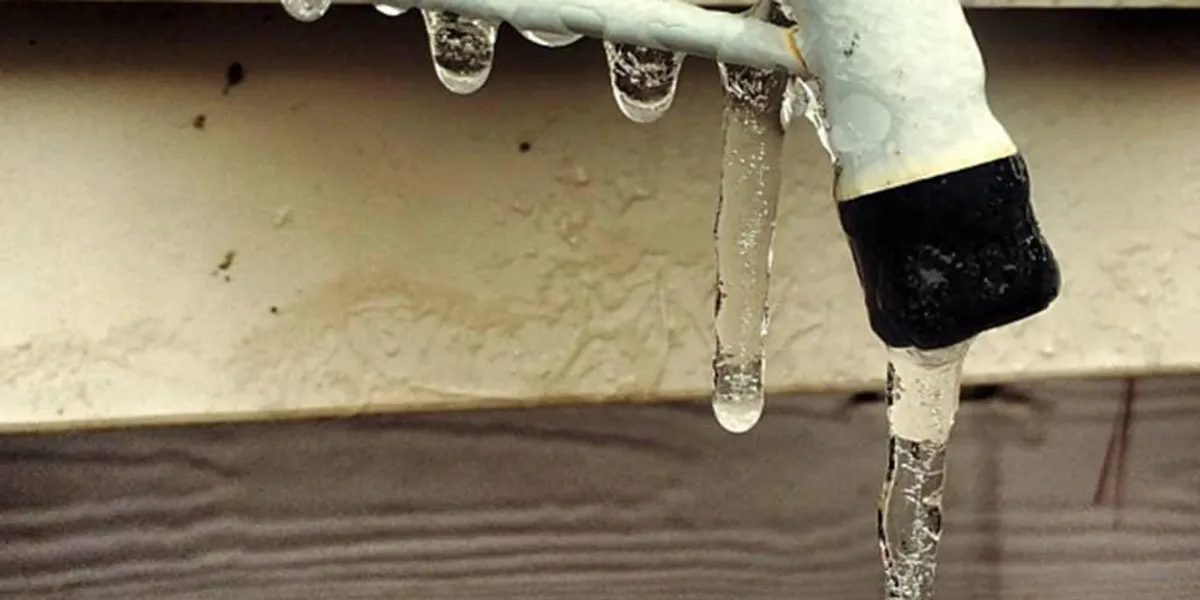Tips to Keep Your Pipes from Cold Weather Damage: Important Guidance
Tips to Keep Your Pipes from Cold Weather Damage: Important Guidance
Blog Article
We've discovered this post pertaining to How to prepare your home plumbing for winter weather down the page on the internet and figured it made good sense to quickly share it with you on my blog.

Cold weather can wreak havoc on your plumbing, particularly by freezing pipelines. Below's just how to avoid it from occurring and what to do if it does.
Introduction
As temperature levels decline, the danger of icy pipes boosts, possibly causing pricey repair work and water damage. Comprehending exactly how to avoid icy pipelines is vital for house owners in chilly environments.
Recognizing Icy Pipelines
What causes pipelines to freeze?
Pipelines freeze when subjected to temperatures below 32 ° F (0 ° C) for extended periods. As water inside the pipelines ices up, it expands, putting pressure on the pipeline wall surfaces and potentially triggering them to rupture.
Threats and damages
Frozen pipes can cause water supply disruptions, building damages, and pricey repairs. Burst pipes can flooding homes and create extensive structural damages.
Indicators of Frozen Piping
Recognizing icy pipes early can prevent them from bursting.
Just how to recognize icy pipes
Look for lowered water flow from faucets, uncommon odors or noises from pipelines, and visible frost on revealed pipes.
Prevention Tips
Shielding susceptible pipelines
Wrap pipelines in insulation sleeves or utilize warmth tape to secure them from freezing temperatures. Focus on pipes in unheated or outside areas of the home.
Home heating strategies
Maintain indoor rooms properly heated, particularly areas with pipes. Open cabinet doors to permit warm air to flow around pipelines under sinks.
Safeguarding Exterior Pipes
Garden tubes and outside taps
Disconnect and drain garden hose pipes prior to winter. Install frost-proof spigots or cover outdoor faucets with insulated caps.
What to Do If Your Pipes Freeze
Immediate actions to take
If you believe icy pipelines, maintain taps available to eliminate stress as the ice thaws. Utilize a hairdryer or towels soaked in hot water to thaw pipelines slowly.
Long-Term Solutions
Structural changes
Take into consideration rerouting pipes away from exterior wall surfaces or unheated locations. Include additional insulation to attics, cellars, and crawl spaces.
Updating insulation
Purchase top quality insulation for pipelines, attics, and wall surfaces. Proper insulation aids preserve consistent temperature levels and reduces the danger of icy pipes.
Final thought
Preventing frozen pipelines needs aggressive actions and fast actions. By comprehending the causes, indicators, and safety nets, property owners can shield their plumbing during winter.
6 Proven Ways to Prevent Frozen Pipes and Protect Your Home
Disconnect and Drain Garden Hoses
Before winter arrives, start by disconnecting your garden hoses and draining any remaining water. Close the shut-off valves that supply outdoor hose bibs and leave the outdoor faucet open to allow any residual water to drain. For extra protection, consider using faucet covers throughout the colder months. It’s also important to drain water from any sprinkler supply lines following the manufacturer’s directions.
Insulate Exposed Pipes
Insulating your pipes is an effective way to prevent freezing. Pipe insulation is readily available at home improvement stores and is relatively inexpensive. Pay close attention to pipes in unheated areas such as the attic, basement, crawl spaces, or garage. Apply foam insulation generously to create a buffer against the cold. You can also wrap your pipes in heat tape or thermostat-controlled heat cables for added warmth.
Seal Air Leaks
Inspect your home for any cracks or openings that could let in cold air. Seal any holes around the piping in interior or exterior walls, as well as the sill plates where your home rests on its foundation. Additionally, make sure to keep your garage door closed unless you’re entering or exiting. Leaving it open creates a significant air leak that can lead to frozen pipes.
Allow Warm Air Circulation
During cold snaps, it’s essential to allow warm air to circulate evenly throughout your home. Leave interior doors ajar to promote better airflow. Open kitchen and bathroom cabinets to help distribute heat consistently around the rooms. If you have small children or pets, be sure to remove any household chemicals or potentially harmful cleaners from open cabinets for safety.
Let Faucets Drip
A small trickle of water can make a big difference in preventing ice formation inside your pipes. When temperatures drop significantly, start a drip of water from all faucets served by exposed pipes. This continuous flow helps prevent the water from freezing. Additionally, running a few faucets slightly can relieve pressure inside the pipes, reducing the chances of a rupture if the water inside does freeze.
https://choateshvac.com/6-proven-ways-to-prevent-frozen-pipes-and-protect-your-home/

Hopefully you liked our post about Helpful Tips to Prevent Frozen Pipes this Winter. Thank you so much for taking the time to read our blog post. Are you aware of somebody who is fascinated with the subject? Feel free to promote it. I recognize the value of your readership.
Source This Article Report this page